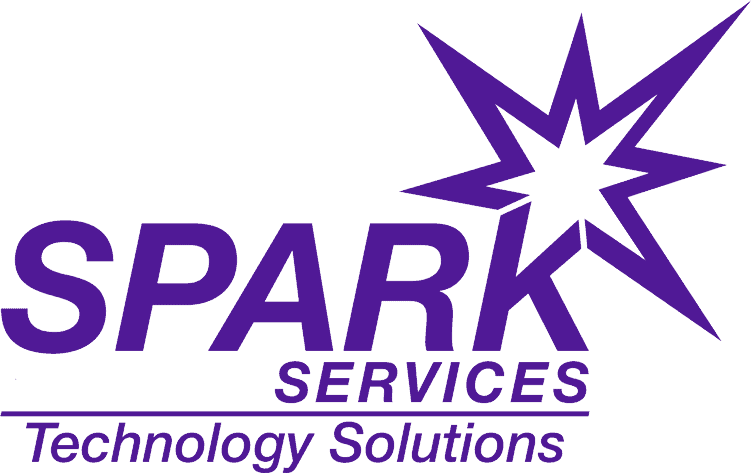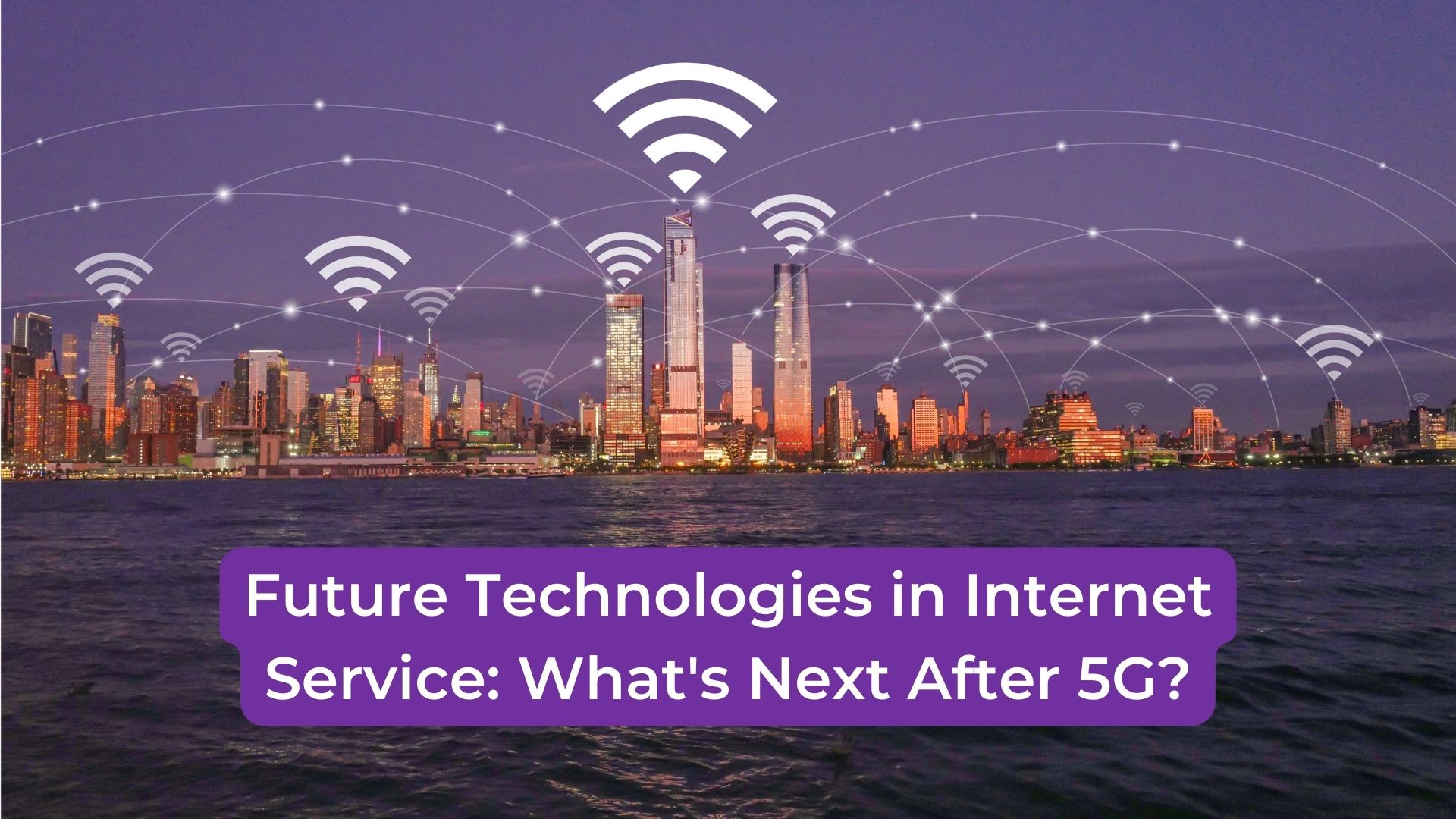The arrival of 5G technology has been a game-changer for internet services, promising faster speeds, lower latency, and more reliable connections.
As 5G continues to roll out globally, tech enthusiasts and industry experts are already speculating about what comes next. In this blog, we’ll explore the future technologies in internet service that are poised to revolutionize our digital landscape beyond 5G.
1. 6G: The Next Frontier
While 5G is still in its infancy, researchers and developers are already laying the groundwork for 6G. Expected to be commercially available around 2030, 6G aims to take connectivity to unprecedented levels. Here are some key features anticipated in 6G technology:
- Terahertz Waves: 6G will likely utilize terahertz waves, which can offer speeds up to 100 times faster than 5G. This means potential download speeds of up to 1 terabit per second.
- Ultra-low Latency: While 5G offers latency as low as 1 millisecond, 6G aims to reduce this even further, enabling real-time communication and enhancing applications like remote surgery and autonomous driving.
- AI Integration: 6G networks will heavily incorporate artificial intelligence to optimize network performance, manage resources, and enhance security.
2. Quantum Internet: The Quantum Leap
Quantum computing has made significant strides, and its principles are being applied to the concept of a quantum internet. This technology could transform data transmission and security. Key aspects include:
- Quantum Entanglement: Utilizing quantum entanglement, data can be transmitted instantaneously over vast distances, surpassing the speed of light. This could revolutionize communication and data transfer speeds.
- Unbreakable Encryption: Quantum internet promises virtually unbreakable encryption, providing unparalleled security for sensitive data and transactions.
3. Li-Fi: Light-Based Internet
Li-Fi is an emerging technology that uses visible light for data transmission, offering several advantages over traditional Wi-Fi:
- Increased Bandwidth: Li-Fi can potentially offer bandwidth 100 times greater than Wi-Fi, supporting more devices and higher data rates.
- Security: Since light waves cannot penetrate walls, Li-Fi provides a more secure connection, reducing the risk of external hacking.
- Energy Efficiency: Li-Fi can utilize existing LED lighting infrastructure, making it an energy-efficient option for data transmission.
4. Satellite Internet: Bridging the Global Digital Divide
Satellite internet is not new, but advancements in this field are making it a viable alternative to traditional ground-based networks. Companies like SpaceX’s Starlink and Amazon’s Project Kuiper are leading the charge:
- Global Coverage: Satellite internet can provide connectivity in remote and underserved areas, bridging the digital divide and offering global internet access.
- High Speeds and Low Latency: Modern satellite networks aim to deliver high-speed internet with lower latency compared to traditional satellite services, making them suitable for a wider range of applications.
5. Mesh Networks: Decentralizing Connectivity
Mesh networks represent a decentralized approach to internet connectivity, where each node in the network can act as an independent router. Benefits include:
- Resilience: Mesh networks are highly resilient, as the network can self-heal by rerouting data through different nodes if one node fails.
- Scalability: These networks can easily scale, making them ideal for large events, rural areas, and emergency situations.
- Reduced Costs: By using existing infrastructure and devices, mesh networks can reduce the costs associated with traditional network deployment.
6. Edge Computing: Bringing Data Processing Closer
Edge computing is an approach where data processing occurs closer to the data source, rather than in a centralized data center. This has several implications for internet services:
- Reduced Latency: By processing data locally, edge computing can significantly reduce latency, enhancing real-time applications like IoT, autonomous vehicles, and AR/VR.
- Bandwidth Optimization: Edge computing reduces the amount of data transmitted to central servers, optimizing bandwidth and reducing congestion.
Conclusion: Embracing the Future with SPARK Services
As we look ahead to the future of internet services, it’s clear that innovation will continue to push the boundaries of what’s possible. From the incredible potential of 6G and quantum internet to the practical benefits of Li-Fi and satellite internet, these technologies promise to transform our digital experiences in ways we can only begin to imagine.
At SPARK Services, we are committed to staying at the forefront of these technological advancements. Our mission is to provide our customers with cutting-edge internet solutions that meet their evolving needs.
Whether it’s ultra-fast connectivity, enhanced security, or reliable coverage, SPARK Services is dedicated to bringing the future of internet technology to your doorstep.
Explore our range of services today and join us on the journey to the next era of internet innovation.




